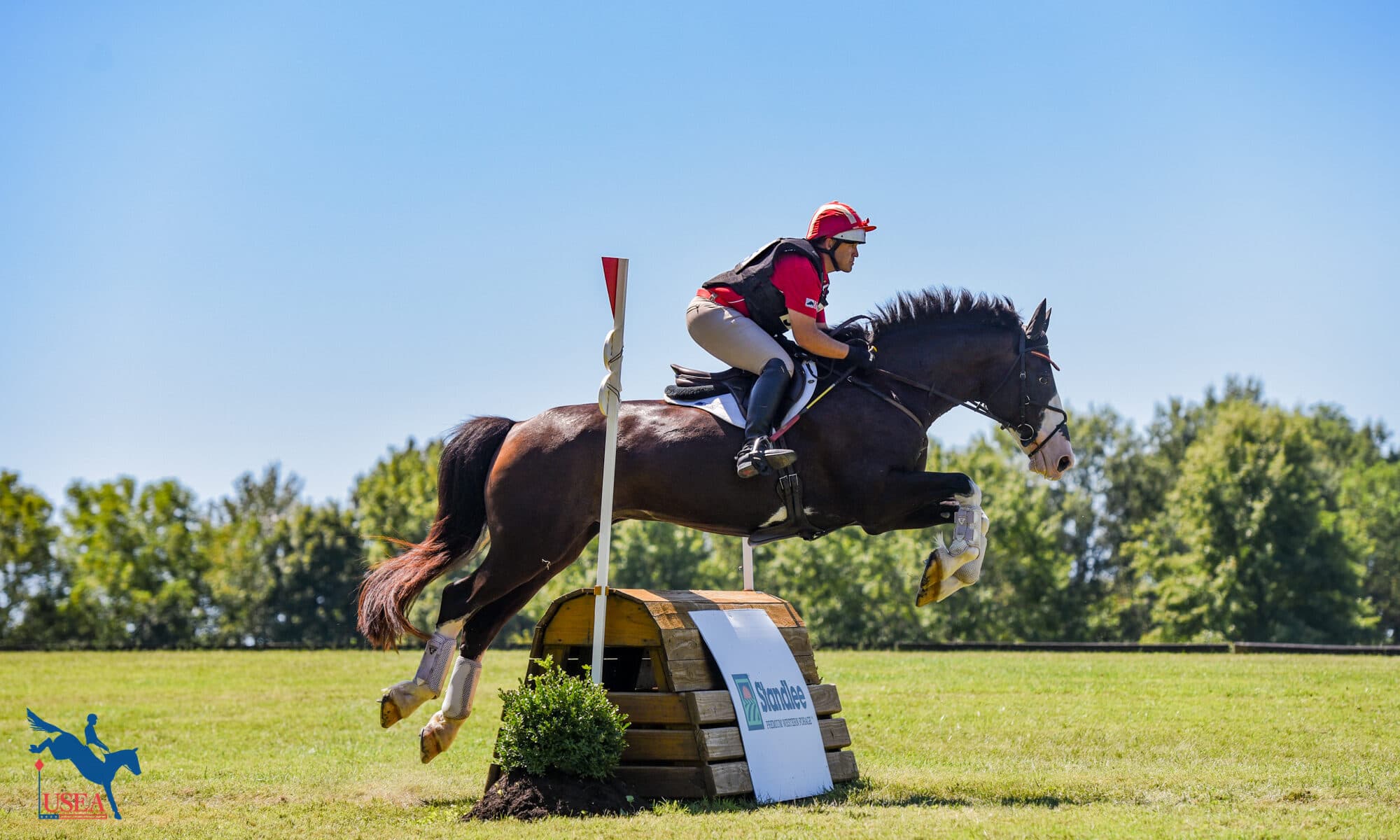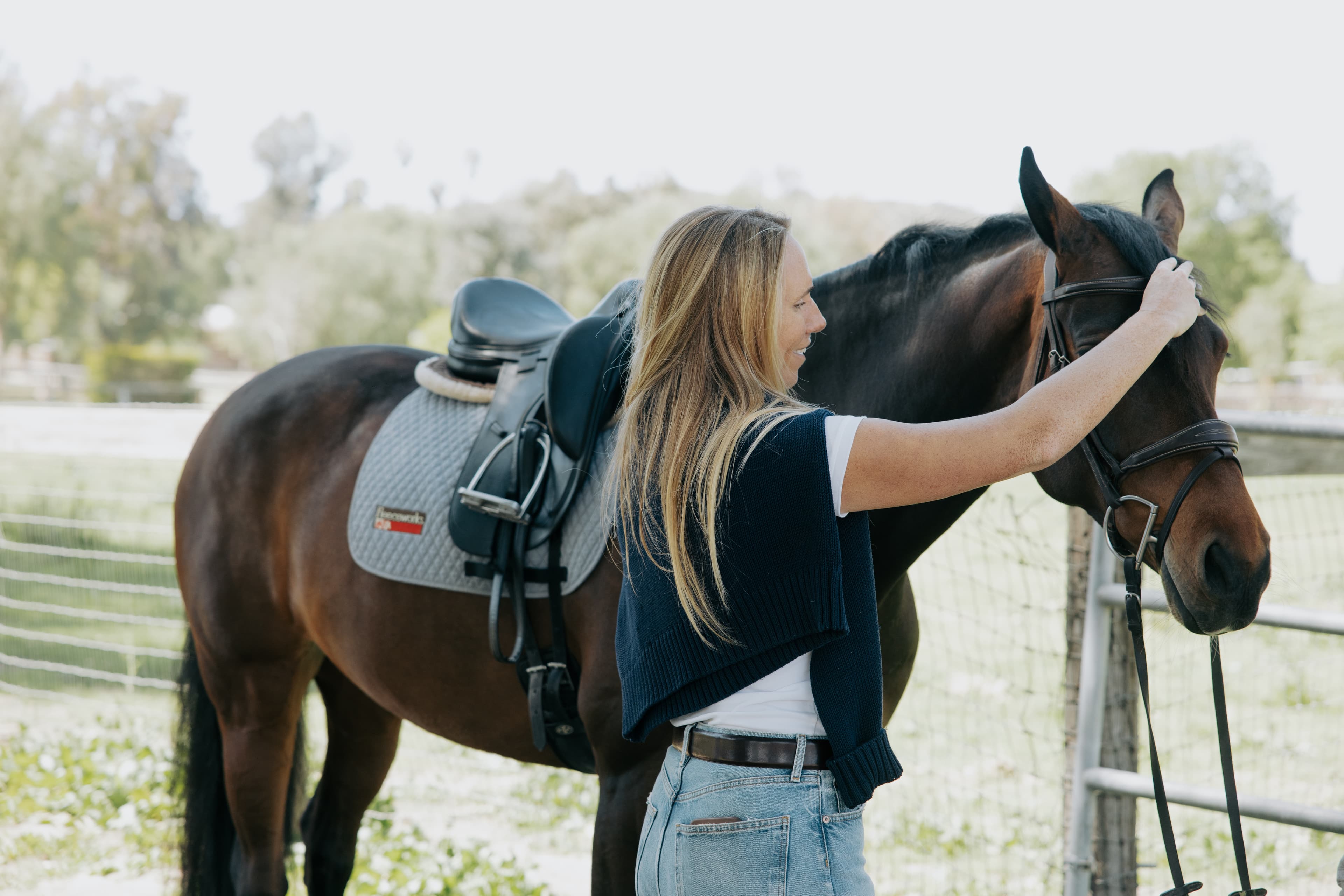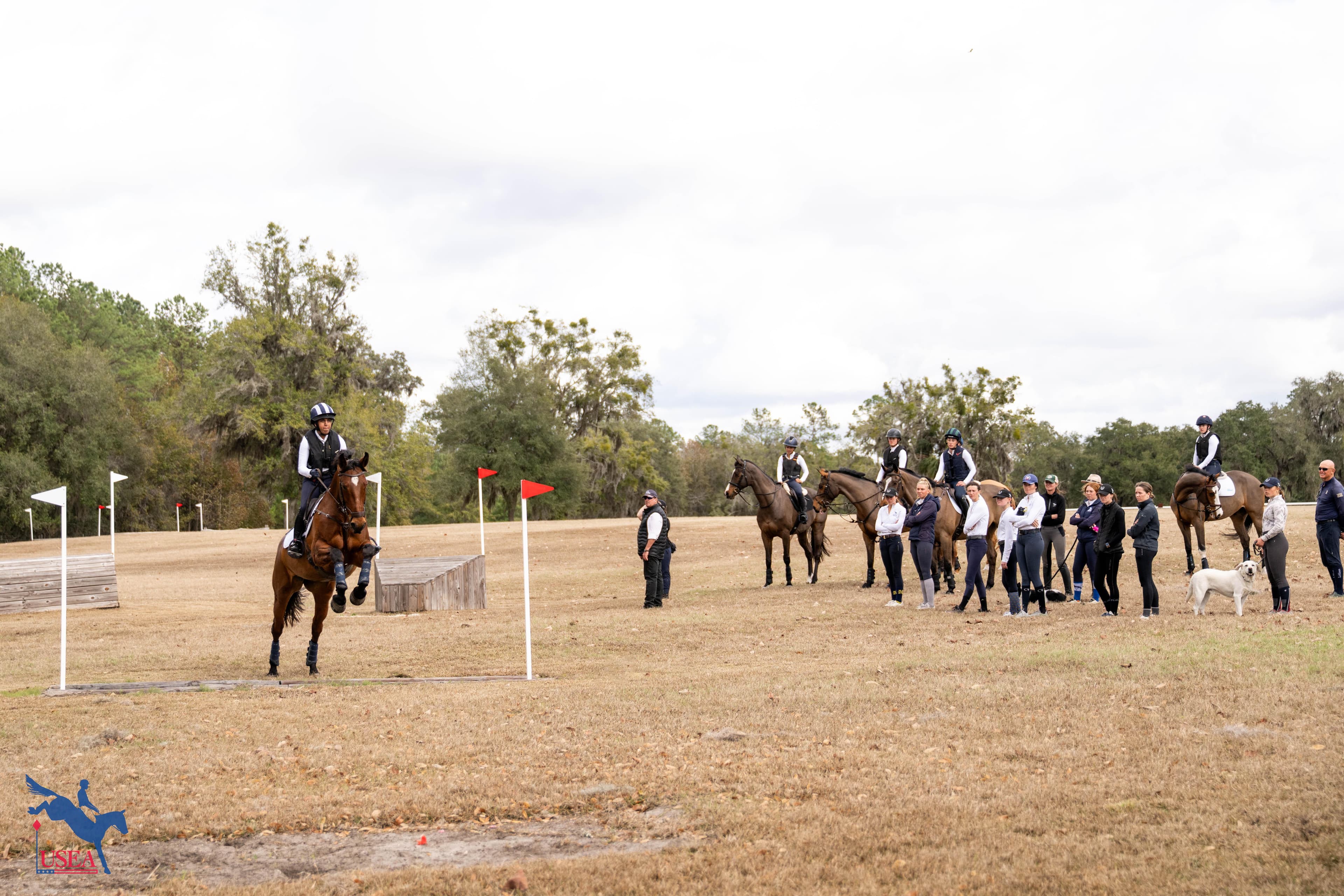Top 10 Tips for Coming Back Into Work with Buck Davidson

The COVID-19 crisis and resulting state and local mandates have forced many barns to close their doors to riders in attempts to social distance and flatten the curve. As a result, some horses are having a bit more downtime then they would normally see in the middle of the spring season. When the time comes when barns can open their doors once more and horses and riders can return to full work in anticipation of the restart of the competition season, what kinds of precautions should they take to make sure their horses come back to full fitness happy and healthy?
International eventer Buck Davidson Jr. is a firm believer in the importance of downtime for horses. “Just like an athlete, you can’t be “peak” all the time,” he said. “On a horse, you have to have fat so you have something to build into muscle. You have to let their bodies detox and let their feet go back to the way nature intended – then you can see where the horse is when he’s in nature and that usually gives you a pretty good idea of where they should go. It’s for their minds too. You can’t just keep shoving information at them because it would be information overload and they might go kind of nuts. Just like a kid on summer break, they have time to absorb everything they’ve learned and they usually come back smarter and stronger.”
“I would treat this the way you treat the beginning of the year,” Davidson said. “Normally after the fall season, the horse gets a little bit of a break and then you bring them back up over a couple of months. If they’ve had the break they would normally have in the fall, then you do it in the same way. If they’ve done more than their normal break you act accordingly. Every situation is different – every horse is different, every rider is different, and every break is different. Do what’s right for you and your horse.”
- A big consideration is how long they’ve been off and what “off” means. If they’re turned out in a 50-acre field with hills and other horses, they’re going to be 25 percent fit when you bring them back in anyway. For a lot of horses that’s pretty good. But if they’ve only been able to go out in a half-acre paddock on flat ground, you’re starting a bit further behind.
- It takes about three weeks for horses to lose fitness. Say it was an upper-level horse getting ready for the spring season, they would have been fairly fit, and if they’ve just had a couple of easy weeks – they’ve gone four days a week for a couple of weeks and then five days a week for a couple of weeks – the could be pretty much back to full work.
- Slower is always better. I’ve lived by the idea that if you do too little you can at least do it again tomorrow, but if you do too much and you can’t do it again tomorrow, you’re in trouble. “Always jump one jump too few than one too many,” whether it’s doing dressage or going for a gallop or a trot set. We all know from going to the gym that if you go crazy one day and you’re too sore the next day to do anything, that’s not at useful as quietly building yourself up. The graph has to be moving upwards.
- Know the kind of horse you’re sitting on. If it’s an off-the-track Thoroughbred, he’s been hard fit for his whole career, so if he’s only going Preliminary he’s not going to take that long to bring back. But if you have a draft cross that’s put on 300 pounds you need to quietly and slowly bring him back into work.
- Don’t put your own goals ahead of the horse’s needs. The horse is always the one who tell us if they’re ready, so if you don’t listen they’re eventually going to tell you. But, if you quietly listen to them, then you can make a plan as the horse comes back into condition.
- I think riders also need to make sure that they’re fit and strong and ready, too. We’ve been just sitting at home, and out of sheer boredom everyone’s put on a few pounds, which is fine, but then as you’re coming back into work you need to pay attention to your fitness as well. As the rider starts to wake up in the morning feeling stronger and not as stiff, they can probably assume the horse is doing the same thing.
- If your horse tends to be hot coming back into work, there are some things you can do. If you have a safe environment where you can turn your horse out before you ride him, or if you can get them moving on the lunge line in a controlled way, those are options to help them. Another option is to ride with someone else. Horses are inevitably going to feel good and be excited and you don’t want to get bucked off – if you do, it’s good to have someone there with you. Give your horse barriers or walls so that they can’t just be wild and they’re paying attention to you.
- Start small and get back to the basics. Make them stand and wait for you at the mounting block. Get on and walk off and stop. Go from walk to trot and then from trot to walk and from walk to halt. Quietly build them back up in a way that you’re in control and they’re listening to you. As they’re more with you, you can begin to expand what you ask of them.
- When horses have been out of work, where they’re deficient is going to show up so much more. It’s the rider’s job to build the horse up evenly on both sides. If you go to the gym and you only work on your left arm, your left arm gets a lot stronger but your right arm doesn’t stay the same, it gets weaker. You need to build up the areas that are more difficult for the horse, don’t just keep doing what’s easy for the horse.
- Consider taking a step down a level when you do finally return to competition. If your horse usually goes Novice, go Beginner Novice the first time; if he goes Training, go Novice; if he goes Intermediate, go Preliminary. Do the first one back a little bit easier, like you would after the winter break.














